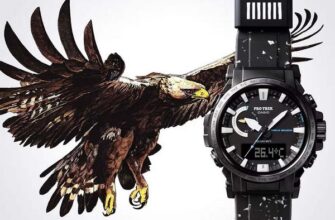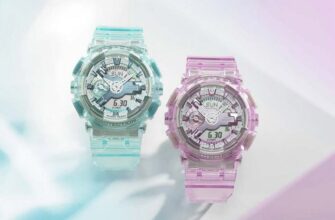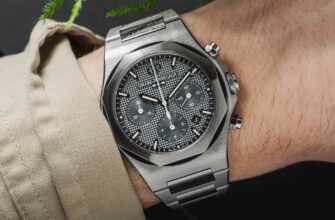Anyone who wants to buy a watch has had to deal with a lot of information in one way or another. A variety of watch case coatings are an integral part of this stream. Today we will tell you about the most common types of coverage: PVD, IP, DLC. They cannot be called “three whales” of the watchmaking world, but a thoughtless choice of watches with one or another case coating should also not be allowed.
PVD (Physical vapor deposition) is the first of three types of coating, the intricacies of which we will delve into. Under one abbreviation PVD, several methods of coating spraying are combined by direct condensation of the vapor of the applied material. The whole process takes place in a vacuum at temperatures ranging from 150 to 500 degrees Celsius.

Watchmakers often do not go into details about what kind of material they use to create the coating on the case. In most cases, we can only be content with the phrase "PVD coated case" without knowing what exactly was used to apply the film covering the case. Nevertheless, the process itself looks quite interesting:
- In a vacuum, a vapor is created from particles of the substance selected for spraying.
- Steam is applied to the watch case.
- Steam condenses on the body.
- A coating up to a few microns thick is ready. The surface of the watch case does not require any additional processing.
.
Now we know the ins and outs of the process of applying PVD coating to watch cases. But what benefit will this knowledge bring us?
Understanding what is hidden behind the words “the watch case is treated with PVD coating”, a person can be sure that the level of resistance to abrasion and scratches in the case of such watches will be much higher than that of “classmates” without PVD coating.
PVD coating provides excellent protection against rust, which is very useful for divers. By the way, the manufacture of a PVD coating machine, as well as the spraying process itself, are the most environmentally friendly compared to other types of coating.
Don't believe someone who says that PVD coating was first introduced to mankind in the 1960s of the twentieth century. The famous physicist and chemist, awarded the title of honorary member of the St. Petersburg Academy of Sciences, Englishman Michael Faraday, applied PVD coating on objects already in the 1830s.
And today, in the 21st century, PVD coating is in demand not only in the watch industry: car rims, medical instruments, parts of firearms and bladed weapons, even some devices in the space industry are processed with PVD coating. The reason for the popularity of PVD is quite obvious - the reliability and durability of any product when this coating is applied only increases, while the weight indicators do not grow so much.

IP (Ion plating) coating is nothing more than one of the varieties of PVD. At the beginning of this article, you may have already read that the PVD coating contains several methods of spraying by direct condensation of the vapor of the applied material. IP coating is essentially an improved version of PVD in scratch and rust resistance. The main difference between IP and PVD is the presence of an additional layer, it allows you to give the surface any color, depending on the color of the dye used in the installation that produces the coating process.

One of the important components of the IP coating process is called "bombardment" - of course, no one drops bombs from planes on anyone here, but the general specifics of what is happening really resemble an air raid. Microparticles of the substance chosen to create the coating fall on the watch case like bombs flying out of an airplane hatch.
The rest of the process is completely similar to what we observe when applying conventional PVD coating - but the intensity of application of microparticles in the production of IP coating is much higher than that of PVD, and really resembles dense carpet bombing.
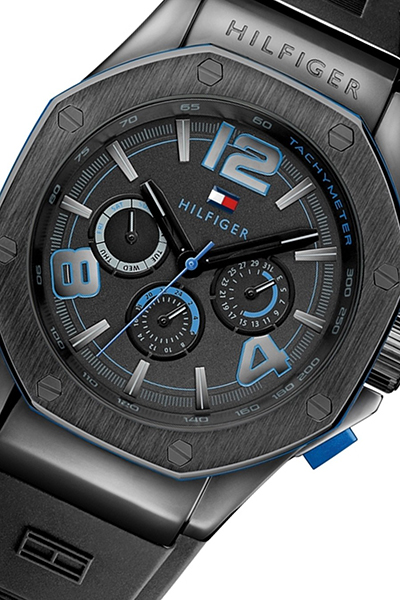
DLC (Diamond-like-carbon) - one of the best types of coating - carbon with diamond properties.
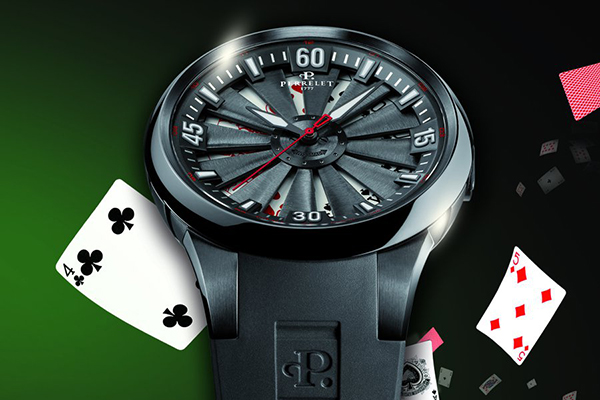
Imagine: disintegrated carbon molecules fall from a special device onto the watch case, forming a coating film. As a result, we get a watch case that is resistant to severe damage, because the carbon layer on the surface reaches a true diamond hardness. The diamond-coated carbon coating also provides increased resistance to electricity and chemicals.

Just think, when a medium grade stainless steel watch case is coated with DLC, its lifespan increases from one week to 85 years!
PVD, IP, DLC are not just empty words, not just another advertising gimmick. Scratches, bumps, raindrops, chemicals - all these hostile elements will be stopped by the coating of the watch case.
source



